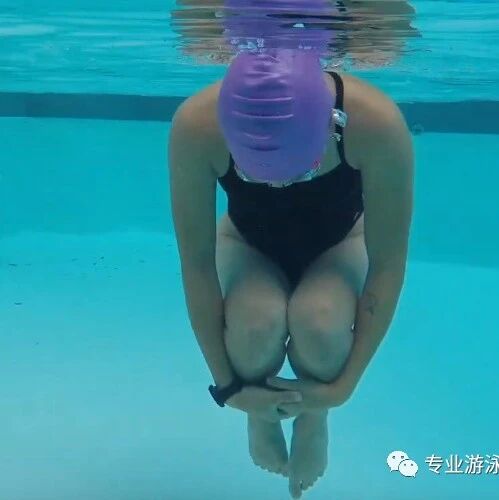Just one technique to boost your speed: the efficient push-and-power stroke for freestyle swimming.
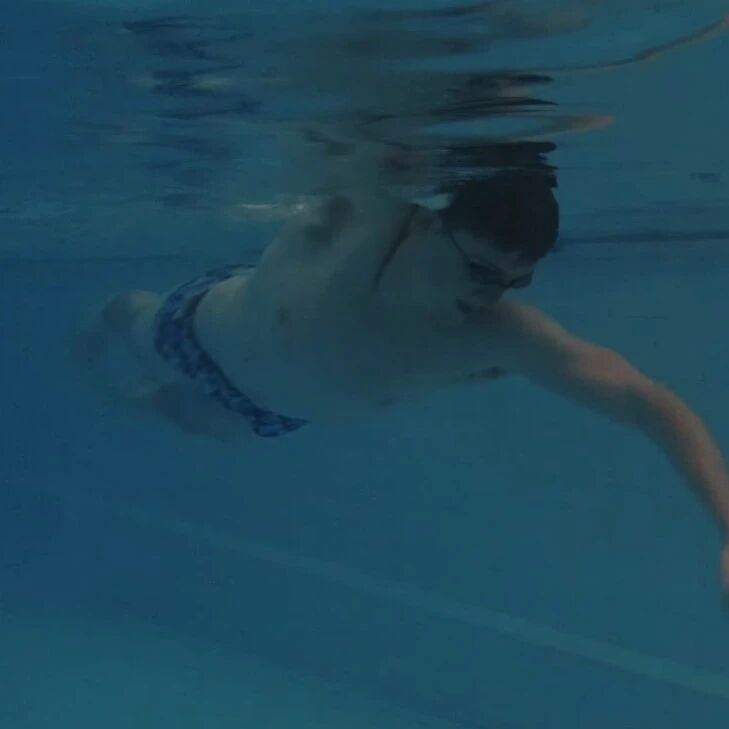

This single trick is all it takes to speed things up.
Freestyle Water-Pushing Propulsion Technique
Actually, freestyle is easier to learn than breaststroke. Many people find freestyle challenging primarily because of the breathing technique. But the real issue isn’t the breathing itself—it’s a lack of mastery over the basic side float. Once you’ve mastered the side float, you’ve already succeeded halfway in learning freestyle. From there, moving on to practicing single-side swimming will get you about 80% of the way there. Finally, adding natural breathing completes the freestyle foundation. After that, it’s all about consistent daily practice—refining your strokes, improving your body position, enhancing balance, and perfecting how you apply your strength. Most importantly, you’ll learn to find your own unique rhythm for efficient and effortless swimming. Ultimately, this process empowers you to become your own coach, continuously refining your water skills and steadily elevating your overall swimming proficiency.
Understand swimming movements like rowing a boat.
Understanding deeply the reasons behind the freestyle stroke can greatly help correct mistakes and enhance your swimming performance. Think of your body as a small boat—stability of the hull comes first, followed by efficient paddling, and finally, rhythmic arm movements. Let’s now delve into each of these key points in detail.
Body posture comes first.
The bow should be pointed, the hull straight, and the boat’s structure solidly integrated. That’s why, in freestyle swimming, you need to extend your arms forward, gently draw in your abdomen to keep your body rigid, and relax your neck so your head rests lightly on the water—helping you overcome the instinctive urge to lift your head out of the water for fear of choking. As long as you avoid lifting your head, your legs won’t sink noticeably, which is essential for mastering the side float technique.
Reach forward naturally before entering the water
After the arm enters the water, it extends forward naturally—not by deliberate effort. Forcing the arm forward would create frontal resistance against the water. Instead, it should glide smoothly and effortlessly as the other arm pushes through the water.
Pushing the water definitely requires a shoulder rotation, as the arm naturally extends forward along with the shoulder movement. While this may seem similar to actively pushing the arm forward and letting the shoulders follow, it actually involves a completely different force-generation process.
As the arm pushes through the water, the shoulder rotation seamlessly aligns with the forward motion—almost as natural as a boat gliding effortlessly through waves with each stroke of the oar.
But proactive forward extension is different—when you actively extend your arm forward and engage the muscles, the shoulder rotation initiated by this movement actually puts the pushing arm in a more passive position. This severely impacts your ability to feel the water resistance during the push phase, ultimately affecting your sense of power and timing in the stroke.
Carefully experience the water and explore these two sensations that may seem indistinguishable at first glance—but whose underlying forces are completely opposite in priority and intensity.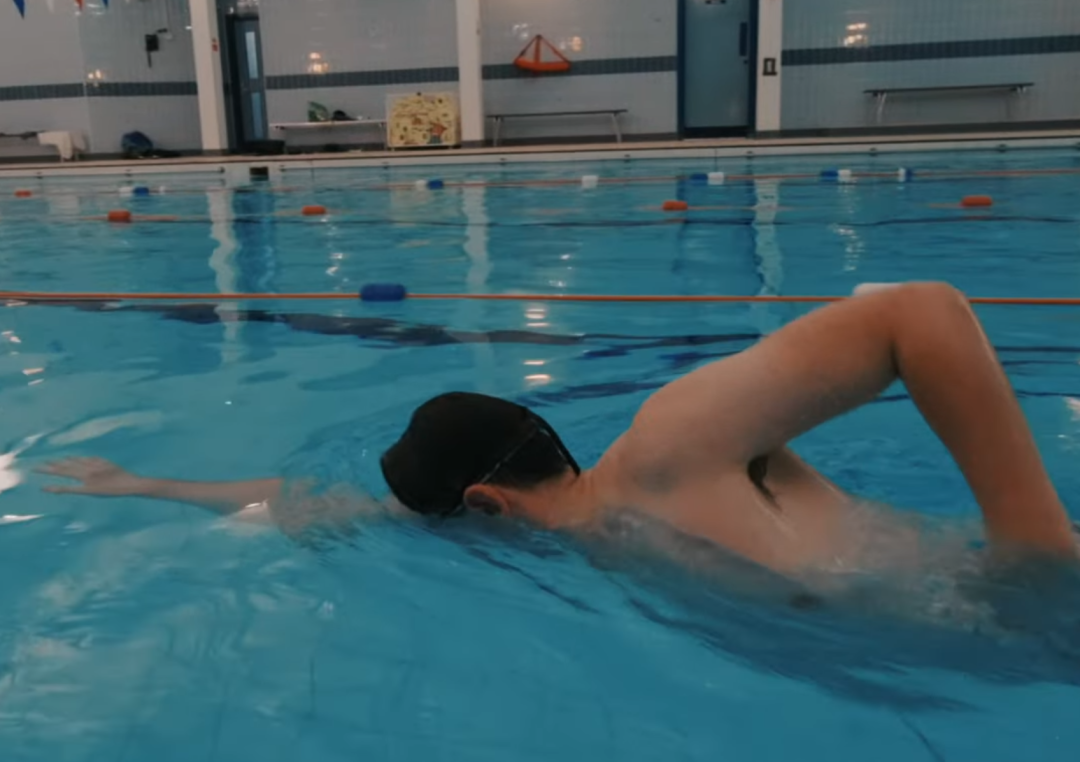
Key points for the water-holding, pushing, and releasing motion
The arm movements for pulling, pushing, and releasing the water aren’t that complicated—no need to worry about things like high elbows or EVF; just think of it like rowing a boat.
Paddling effectively means placing the paddle in the water at just the right spot—specifically, ensuring it’s submerged deep enough to generate power, with the blade facing the water squarely. If it’s too shallow, paddling feels effortless but lacks the necessary thrust; if it’s too deep, you’ll struggle to move forward altogether. The key is to find the ideal depth where you can apply maximum force while still gliding smoothly through the water.
The water-holding process can be simply understood as the inward rotation of the arm, during which the upper and lower arms form a (obtuse) bend as the muscles tighten and firm up.
Pushing the water primarily involves timing the power stroke and controlling the paddle's path. The key is to start paddling only when the board reaches the right water depth, and throughout the stroke, ensure the board remains squarely facing the water.
Push the water after it’s properly engaged—apply force just as your palm is about to become perpendicular to the pool bottom, rather than immediately upon entering the water. This subtle shift transforms the push into a pull, and it also makes it far easier to inadvertently "drag" your elbow. Yet, this is precisely the often-overlooked key element of the proper push-and-pull technique.
An interesting point is that many excellent swimmers don’t realize this crucial insight—until they become aware of it, they start searching for their own optimal timing to exert force, or rather, the ideal depth at which to enter the water.
The three stages of body rotation
Body rotation is a key feature of the freestyle swimming stroke, and after each turn, the body tends to sink more easily—making side gliding ability especially crucial. At the same time, body rotation significantly enhances the body’s streamlined position in the water. Most fish naturally swim with their bodies positioned vertically, a shape that has evolved as the optimal solution over time. Of course, there are exceptions, like the batfish, which have a remarkably flat, disc-like body—though these are typically deep-sea species that frequently swim both up and down. That’s why the mermaid tails used in aquariums are designed to be flat: simply put, fish that swim vertically tend to have flatter bodies, while those that move horizontally—or up and down—often maintain a more upright, streamlined shape.
Passive shoulder and hip rotation
The initial stage of body rotation involves passively turning the shoulders and hips—since pushing the water with your arms and kicking relies entirely on this shoulder-and-hip movement; otherwise, the joints would lock up, making it impossible to execute the motion.
Actively rotate shoulders and hips
The intermediate stage of body rotation involves actively rotating the shoulders and hips—specifically, using the latissimus dorsi muscles to drive the arms and the gluteus maximus muscles to move the thighs.
The Core Technique for Generating Power in Gravity Transfers
The advanced stage of body rotation involves focusing attention on the core muscles—the power of the waist and abdomen. When you feel your core strength engaging, your arms and legs—and even your shoulders and hips—become merely the outward forms, or martial arts techniques, while your core strength transforms into internal energy. By channeling this internal energy more effectively into your limbs, you can generate force that flows seamlessly throughout your entire body.
Gravity transfer involves shifting your center of gravity to one side of your body as you pivot, and then kicking and pushing through the water precisely at the moment of this shift—resulting in the most efficient and effortless swimming motion. Mastering this technique takes consistent practice, but once you grasp it and start applying it smoothly, your freestyle swimming skills will reach a whole new level. For a deeper understanding of the underlying principles, refer to the previous article titled "From quad bikes to tricycles and then to scooters—the progression of improving the full-submerged freestyle swimming techniqueForming interconnectedness step by step from the bottom up, the dynamic balance of freestyle swimming is like that of a scooter.From full-body immersion freestyle to traditional freestyle, it’s just like riding a scooter—only for a shorter distance.Understanding the three key lines in freestyle swimming, along with a detailed analysis of the body's lateral rotation in freestyle.
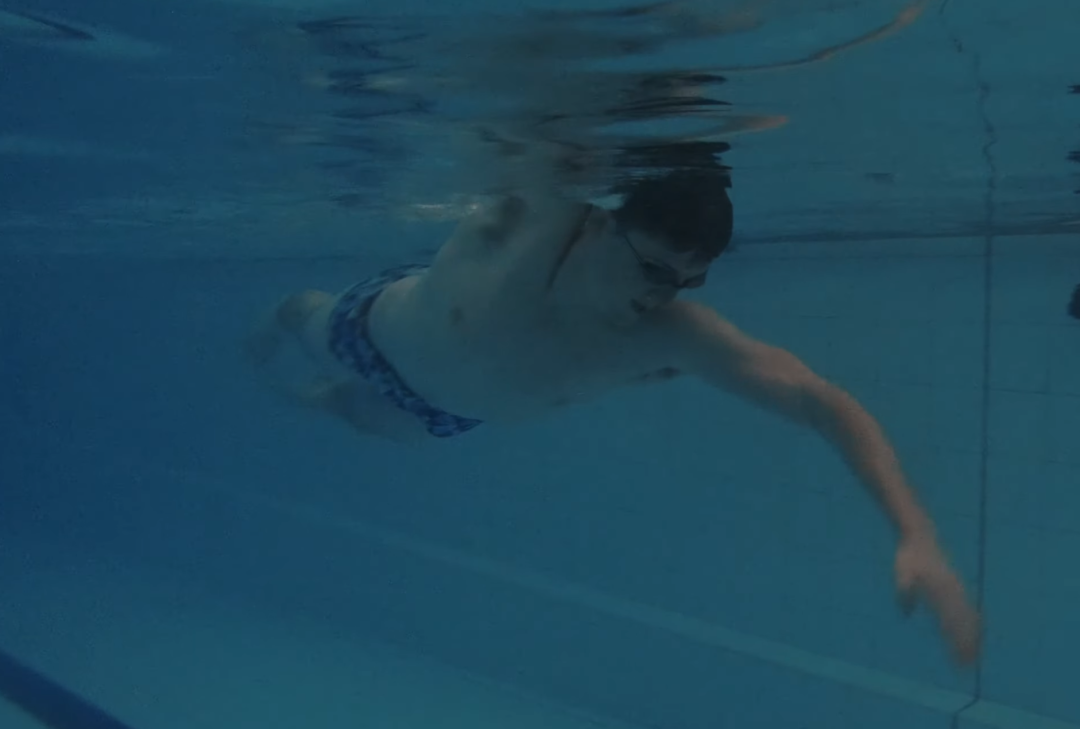
One WeChat official account shares swimming tips, while another focuses on software insights, online resources, and reading experiences.
Thank you for your supportive and encouraging likes, as well as the comments that spark meaningful conversations—and even more, we’d love to see those shares and retweets!
Related Articles
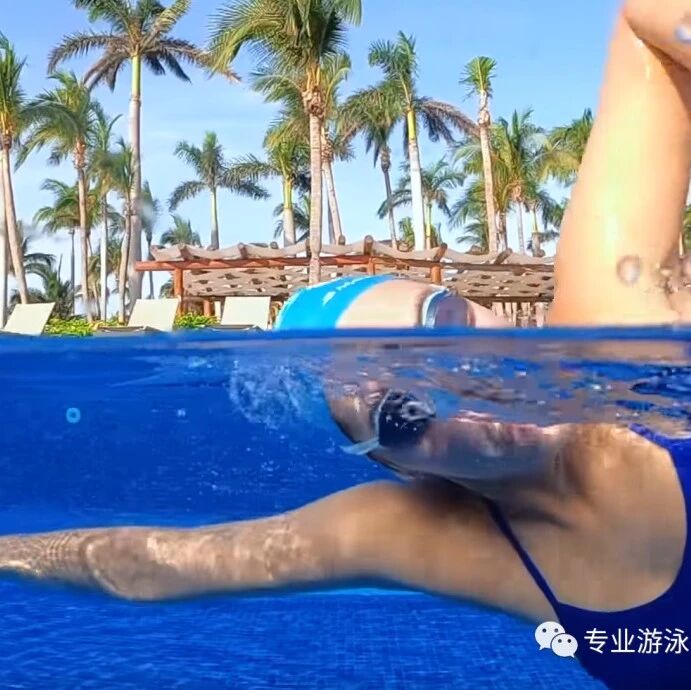
Day by day, make steady progress—don’t rush for instant results; instead, patiently await the singularity in your swimming technique.
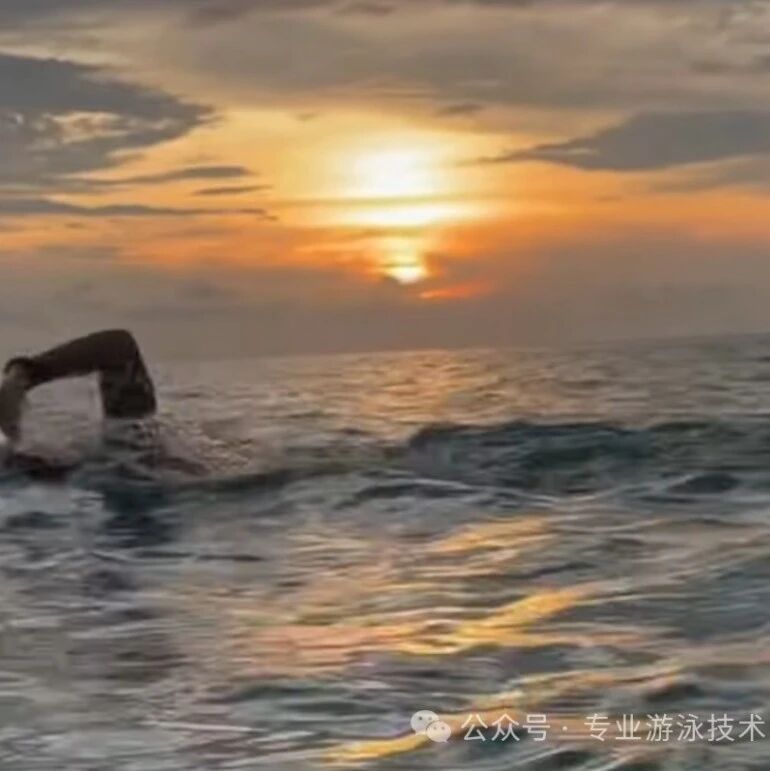
Advanced swimming practice techniques—just one step away from becoming a pro: close your eyes.
